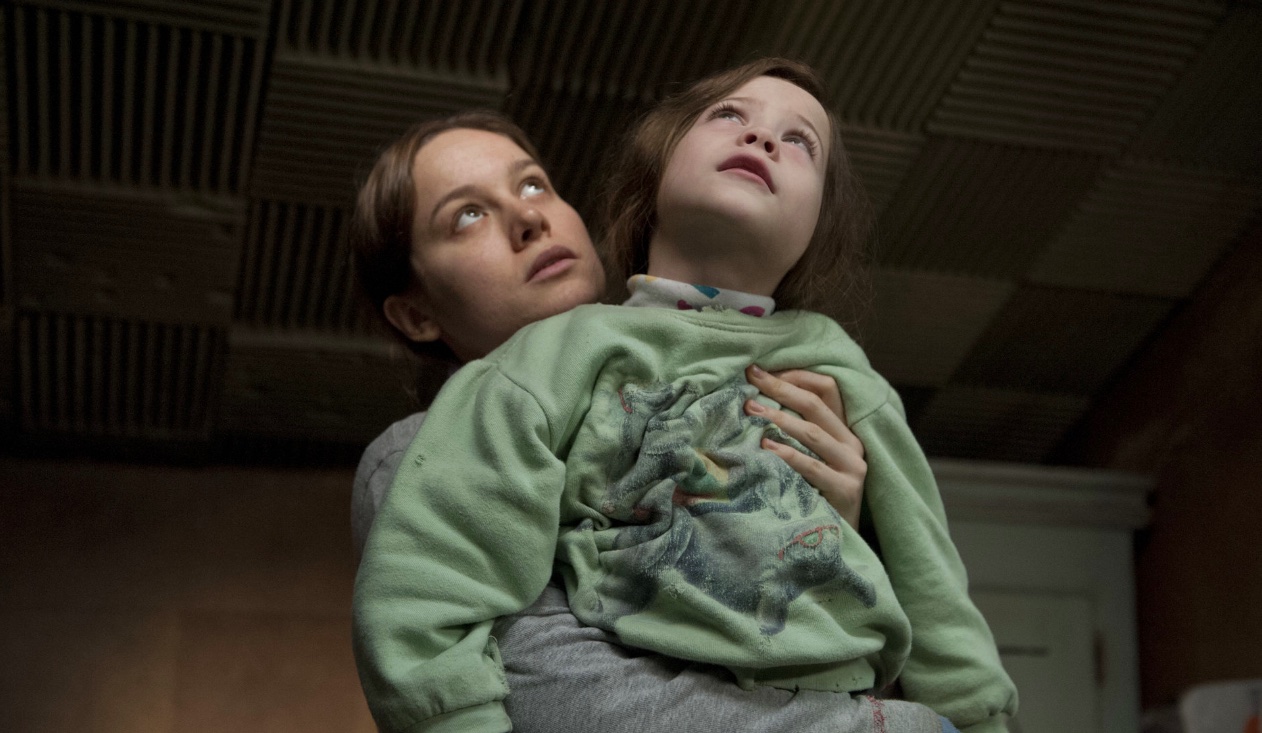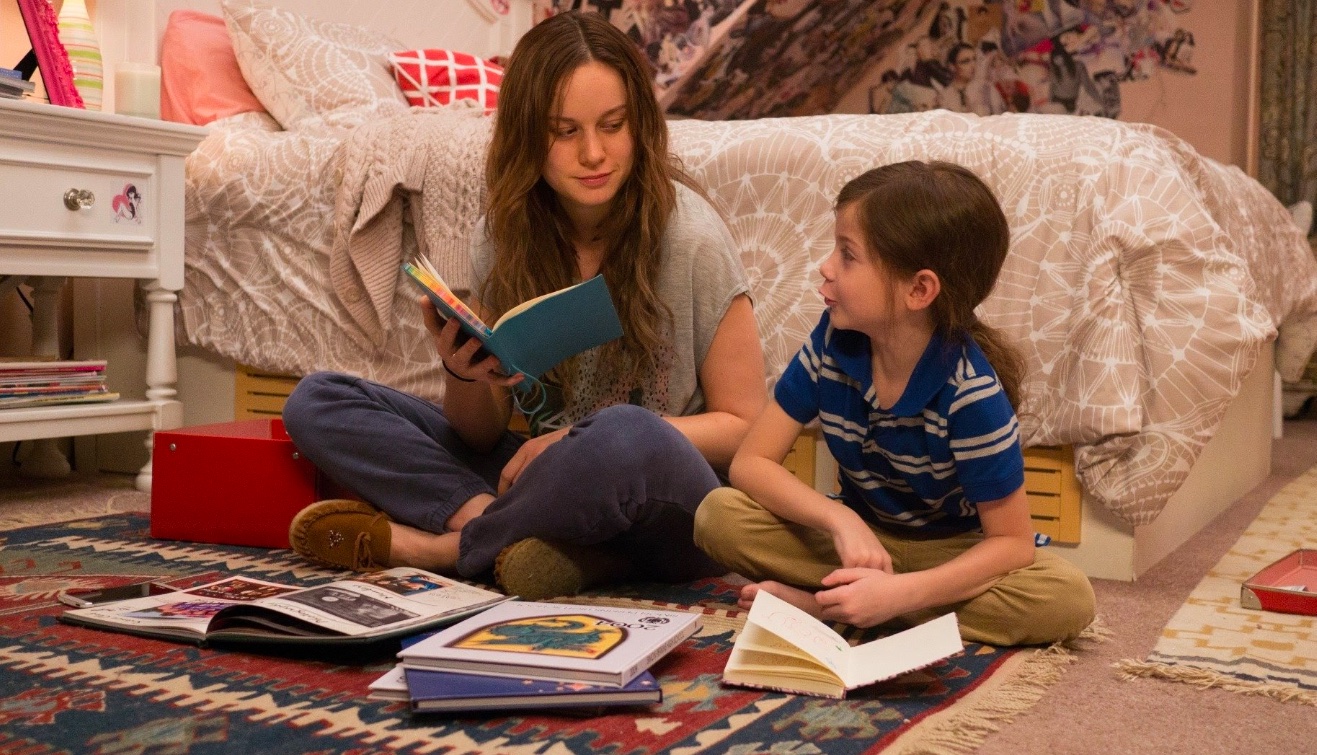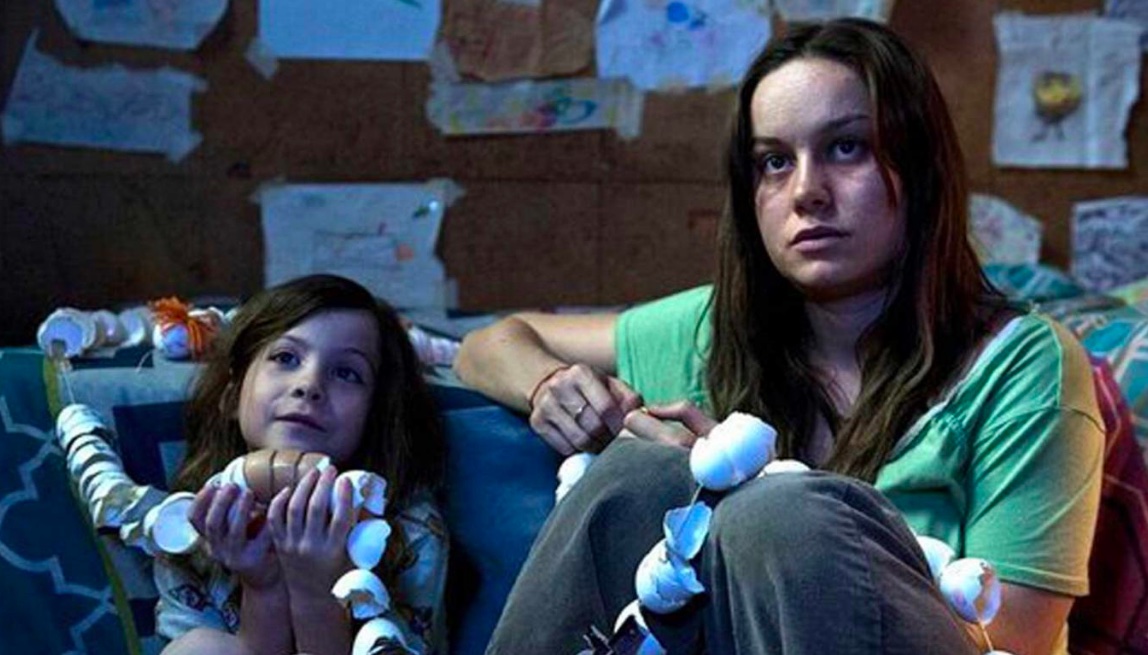Starring Brie Larson in the lead role, ‘Room’ follows the story of a woman and her son who are trapped in a room and have made a world of their own in the confines of the four walls. For the boy, there is nothing else outside of the room because he was born in it and has lived there since birth. For the woman, however, there was a world from which she was stolen and thrown into the room, and with each day, she becomes more desperate to leave the place.
As heart-touching as the bond between the woman, later identified as Joy Newsome, and her son, Jack, is, the prospect of being trapped inside a room for years is jarring. Unfortunately, this scenario is not entirely implausible for some people, and cases similar to Jack and Joy Newsome’s have surfaced recently. SPOILERS AHEAD
Jack and Joy Newsome’s Story is Loosely Inspired by Elisabeth Fritzl’s Case
‘Room’ is a fictional story written by Emma Donoghue, who first conceived it as a novel and later turned it into a screenplay for the film. The author revealed that the idea for the story came to her in 2008 when Elisabeth Fritzl’s case from Amstetten, Austria, came to light. She was held captive by her own father, Josef Fritzl, for twenty-four years, was repeatedly raped and abused, and had seven children, three of whom grew up in a secret cellar of the house where her father lived with her mother. One of her children died shortly after birth. The other three were taken in by her father, who manipulated the circumstances so that everyone, including his wife, Rosemarie, believed that the children were left at their door by someone and that they’d taken them in out of compassion. When Elisabeth finally saw the light of day, her youngest child, Felix, was five.
At 18, Elisabeth Fritzl was held captive by her father Josef Fritzl in a cellar 20 meters below the house for 24 years. She was held prisoner in a soundproof cellar.
Here she was sexually exploited by her father at least 3,000 times, resulting in the birth of seven children… pic.twitter.com/pkiYX4m7rp
— Creepy.org (@creepydotorg) March 25, 2024
Josef had started abusing Elisabeth when she was eleven and kidnapped her when she was eighteen after luring her into the basement he had custom-built to hold her. He made it look like she had run away from home to join a cult. Given her history of running away, it wasn’t difficult for everyone to accept it. Moreover, he made her write letters proving that she had skipped town. In the basement bunker, Elisabeth and her children had everything to handle their daily needs, like hot plates, a refrigerator, a TV, and a radio. Josef regularly brought supplies to supplement things they ran out of. He would also scare and threaten them to keep them from trying to escape. He would shut off their lights, not give them food for days, and would even threaten to gas them if they became too much of a bother. In the meantime, Elisabeth raised her children, teaching them to read and write, among other things.
Since she had been thrown into that room, Elisabeth had never come out of it, having given birth in the room by herself. Her three children, Kerstin, Stefan, and Felix, had also never stepped out of the room until 2008 when Kerstin had a medical emergency. When she fell unconscious due to kidney failure, Elisabeth pleaded with Josef to take her to the hospital. Once she was admitted, the doctors inquired about her condition, but they became suspicious of Josef. Later, when Josef brought Elisabeth to the hospital to see Kerstin, the hospital notified the cops, and this is when the truth finally came to light.
Another case that has similarities to Elisabeth and Joy’s is Jaycee Lee Dugard’s case, who was kidnapped when she was eleven and was held captive for over eighteen years, giving birth to two daughters during her captivity. However, when her case came to light, Donoghue had already finished her novel. The author revealed that she researched several similar cases while writing the book, but Fritzl’s case sparked her curiosity and had her write about Joy and her son.
Emma Donoghue Changed Significant Aspects in Joy and Jack’s Story

When Emma Donoghue first heard about Elisabeth Fritzl’s case, her first thought was how she managed to raise her children in captivity. This thought led her to examine the fundamental nature of a mother and a child’s relationship, and when she decided to pen the novel, this was the approach she focused on. She didn’t want to write the story from the kidnapper’s perspective or even have him in focus. She was more interested in the perspective of the mother and the child and decided to keep the kidnapper completely on the sidelines, not wanting the readers to be distracted by the “interesting psychopath.”
Donoghue made major changes in Joy’s story because although she was inspired by Fritzl’s case, she didn’t want the novel to be about her. She doesn’t want the audience to identify Joy with Elisabeth, and she wants them to focus more on the mother-son relationship than the crime. For this, she changed Joy’s location to the US, gave her only one son as compared to Fritzl’s seven, and drastically reduced the years of her captivity. She also made Jack more well-adjusted and healthier than Fritzl’s kids, primarily to reduce the horror of his situation because most of the story plays out from his point of view.
To get a better sense of Jack and Joy’s situation, Donoghue researched kidnapping survivors and the situations they had been put in by their captors. She also read up about mother-and-child prison units and the effect of solitary confinement on a person’s psyche. Her research also led her to read stories about children who had been raised in captivity and abused, and she called it “the most upsetting task” she’s ever done and wished that she could forget a lot of things she’d learned during her research.

Another thing that heavily influences the characterization of Jack and Joy is Donoghue’s personal experience as a mother. When writing the novel, the author had a five-year-old of her own, and she was influenced by his speech and style to craft Jack’s voice, who serves as the narrator in the book. She even acted out the escape scene with the rug with him to find out how it would unfold realistically and then used the information to create the escape of Jack and Joy.
For the author, depicting the bond between Jack and Joy was the most important part of the story, even more than the circumstances surrounding their captivity and the identity of their captor. Despite the nature of their situation, she wanted their story to feel universal, allowing the audience to connect with them in one way or another and making them feel realistic despite their fictional nature.
Read More: Best Kidnapping Movies on HBO Max


You must be logged in to post a comment.